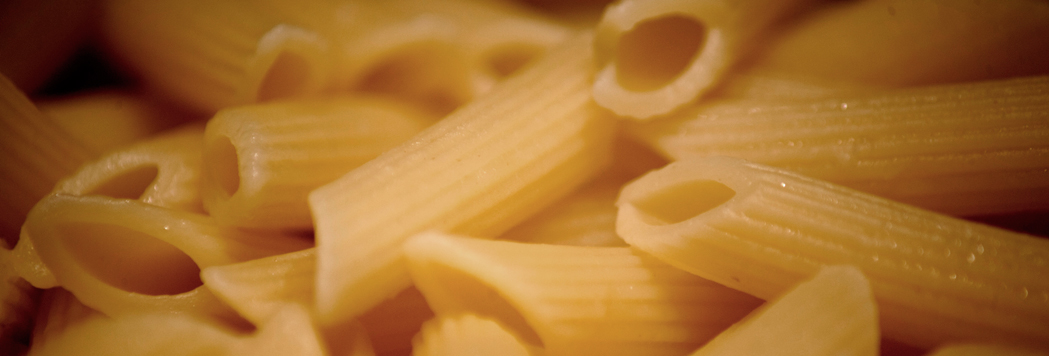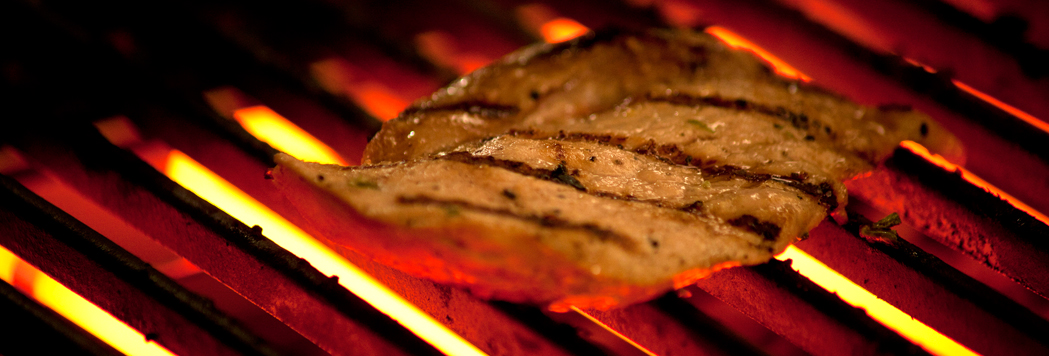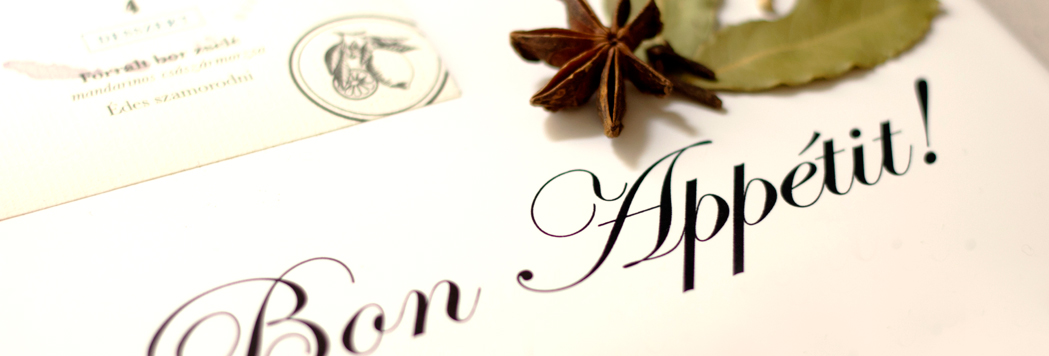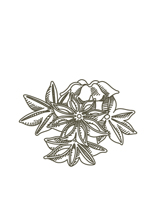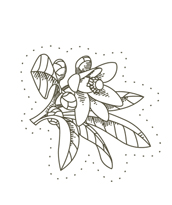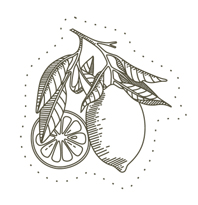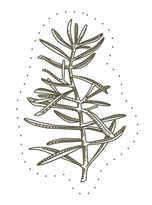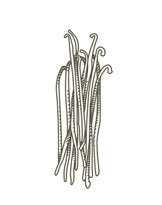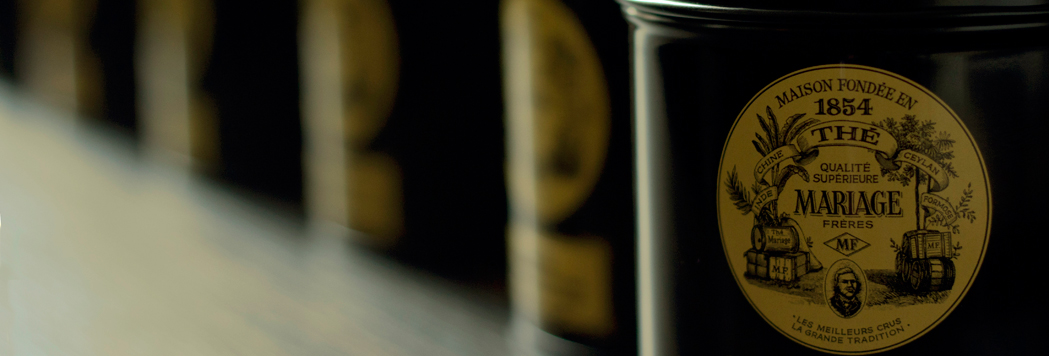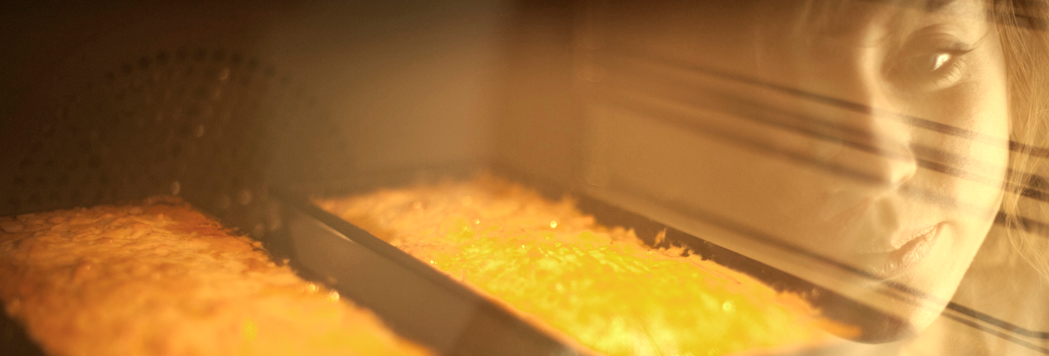Cardamom
 Cardamom (Elettaria cardamomum)
Cardamom (Elettaria cardamomum)
A perennial bush of the ginger family, with sheathed stems reaching 2-5m in height. It has a large tuberous rhizome and long, dark green leaves 30-60 cm long, 5-15 cm wide. It grows in the tropics, wild and in plantations. Trailing leafy stalks grow from the plant base at ground level. These bear the seed pods. The flowers are green with a white purple-veined tip. Cardamoms are traditionally grown in partially cleared tropical rain forests, leaving some shade. Similarly, in plantation cultivation, forest undergrowth is cleared and trees thinned to give just enough shade and the rhizome or seeds planted at 3 m intervals. Cardamom is one of the world’s very ancient spices. It is native to the East originating in the forests of the western ghats in Southern India, where it grows wild. Today it also grows in Sri Lanka, Guatemala, Indo China and Tanzania. The ancient Egyptians chewed cardamom seeds as a tooth cleaner; the Greeks and Romans used it as a perfume. It is the world's third most expensive spice by weight, outstripped in market value only by saffron and vanilla. It has an unique flavor and aroma, which can be described as smoky, floral, citrus and sweet - all at the same time. Black and green cardamom both are widely used in cooking. It is a familiar component in sweets and drinks. The aroma and unique fragrance of cardamom gives a nice flavor to cardamom dishes. Very little quantity of cardamom seeds are required to make a flavorful cardamom dish. Especially, in baked sweet dishes, cardamom is extensively used. Whole cardamom is grounded to make cardamom powder that can be added to various savory dishes. Cardamom seeds are added to various meat and vegetable dishes while frying a little in the oil. To give flavor to the pickles, cardamom seeds are pounded and added. One of the best uses of cardamom is to chew it like nuts. Tea and coffee are also made with this aromatic cardamom. It is a common ingredient in Indian cooking and is often used in baking in Nordic countries, such as in the Finnish sweet bread pulla or in the Scandinavian bread Julekake. In the Middle East, green cardamom powder is used as a spice for sweet dishes, as well as traditional flavouring in coffee and tea. Traditionally extracts of cardamom seeds and fruits have been used to treat skin conditions and to aid digestion in South Asia. It was also used to treat cases of food poisoning and has been widely used in Ayurvedic medicine. In Ayurvedic medicine cardamom is used to treat disorders of the stomach and urinary system, asthma, bronchitis and heart problems. The traditional uses of cardamom to treat skin conditions have attracted the attention of those developing plant-based cosmetics, especially as it has been used traditionally to treat areas of the body that have red-pigmentation. It is often incorporated into soaps and hand creams.








